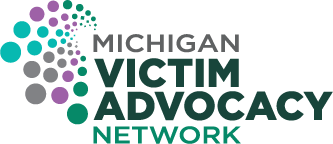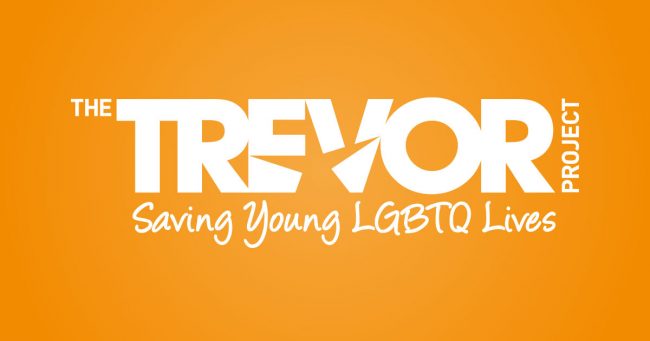Factsheet: Domestic Violence, Sexual Violence, and Human Trafficking in Native Hawaiian Communities, 2020
This factsheet provides statistics and information on domestic violence, dating and sexual violence among Native Hawaiian youth, DV-related homicide, dynamics in lesbian relationships, and human trafficking in Native Hawaiian communities.







